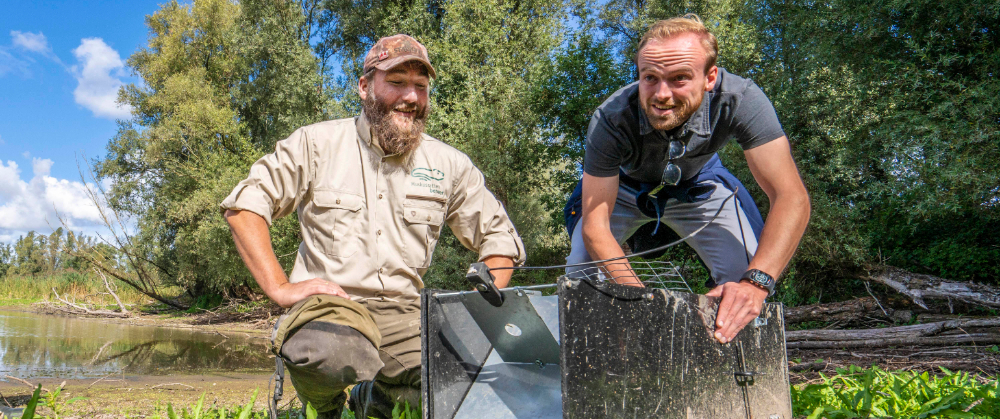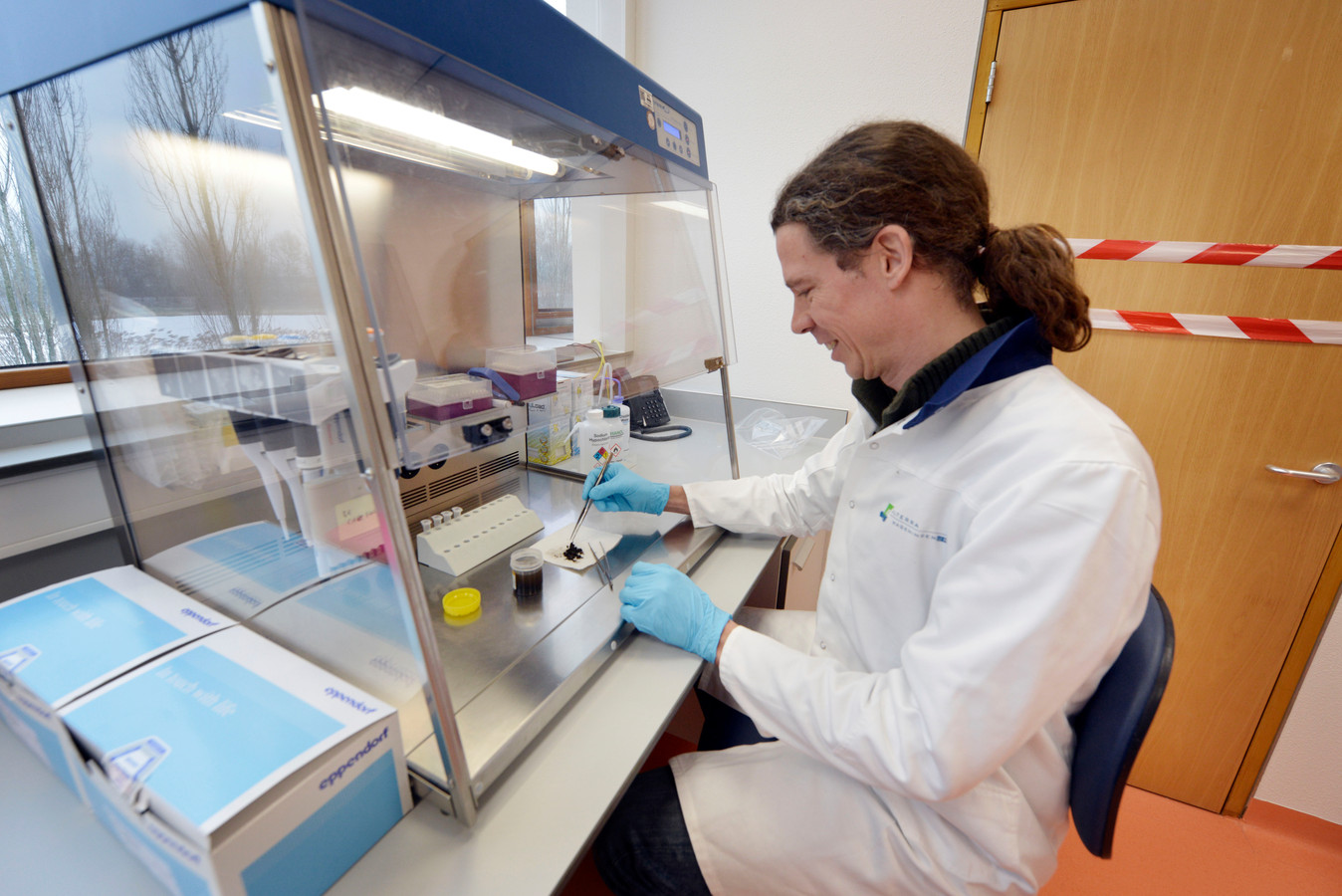>> MICA dashboard Registration of trapped muskrats and coypus is essential to monitor the population and the effectiveness of eradication campaigns. Both the Netherlands and Flanders have set up a registration system for monitoring trapped muskrats and coypus. Data from these applications, together with data from a new application in Germany will be consolidated in one […]
How do you locate muskrats? We do by placing wildlife cameras in areas where trappers suspect the presence of muskrat. Wildlife cameras are placed strategically in areas where trappers suspect muskrat presence. These cameras are triggered by animals swimming by. An algorithm determines whether the animal is a muskrat, coypu or another animal. This allows […]
The smart life traps are based on an image recognition system and represent selective live traps for the species coypu or muskrat. Thus, they aim to prevent bycatches of other species than coypus and muskrats. Life trapping of coypu is an essential method for a population control of this species. The life traps are equipped […]
The entrances of muskrat burrows are under water. Because the burrows are thus hidden, trapping muskrats has to be done by specialists and is labor intensive. The presence of muskrats and coypus in water can be demonstrated with eDNA. Muskrats and coypu shed DNA into their environment through for example loss of skin cells and […]
DNA mapping visualizes the migration routes of muskrats. This is done with the help of DNA material from trapped muskrats. DNA mapping visualizes the migration routes of muskrats. This is done with the help of DNA material from trapped muskrats. A genetic profile is made of each trapped muskrat in the research area. This profile […]




